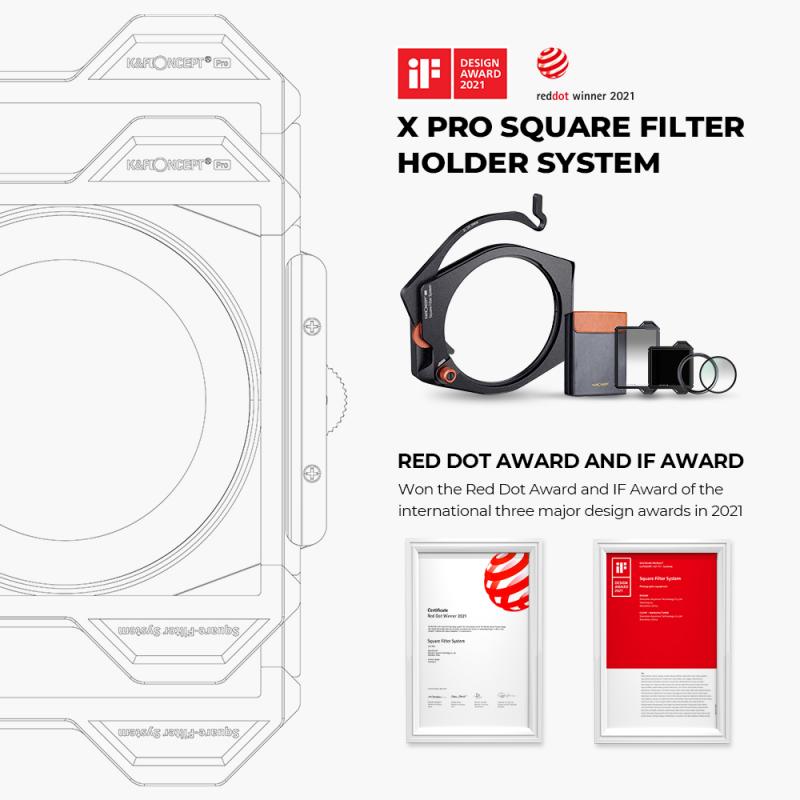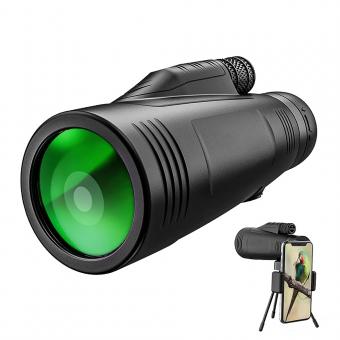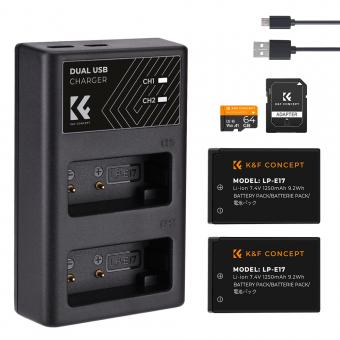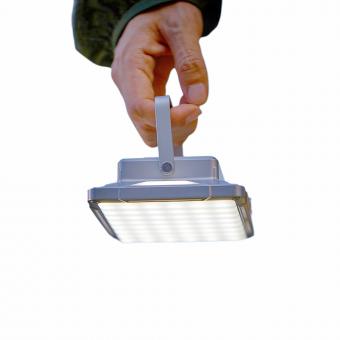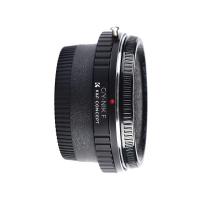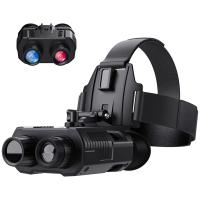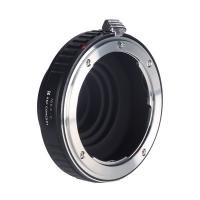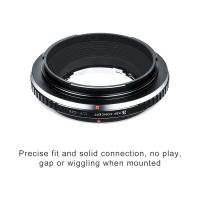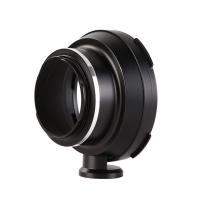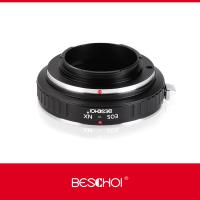How To Use Monocular On Dual Camera Smartphone ?
To use a monocular on a dual camera smartphone, you would need to attach the monocular lens to the primary camera lens of the smartphone. This can be done by aligning the monocular lens with the camera lens and gently attaching it using the provided clip or mount. Once attached, you can open the camera app on your smartphone and switch to the primary camera mode. The monocular lens will then allow you to zoom in and capture distant objects with greater detail. Adjustments to focus and zoom can be made using the controls within the camera app. It is important to note that the effectiveness of the monocular lens may vary depending on the quality of the lens and the capabilities of the smartphone's camera.
1、 Understanding the dual camera setup on your smartphone
Understanding the dual camera setup on your smartphone
Dual camera setups have become increasingly popular in smartphones, offering users enhanced photography capabilities. These setups typically consist of two camera sensors, each with its own lens, working together to capture images. While one sensor is usually a monocular camera, the other can be a telephoto lens, wide-angle lens, or a depth sensor.
To use the monocular camera on a dual camera smartphone, follow these steps:
1. Open the camera app: Launch the camera app on your smartphone as you would normally.
2. Switch to the monocular camera: Look for an icon or option that allows you to switch between the different camera lenses. Tap on the icon that represents the monocular camera to activate it.
3. Adjust focus and settings: Once the monocular camera is active, you can adjust the focus by tapping on the screen or using the manual focus controls if available. Additionally, you can adjust other settings such as exposure, white balance, and ISO to get the desired results.
4. Capture photos: With the monocular camera active and settings adjusted, you are ready to capture photos. Tap the shutter button to take a picture, and the image will be saved to your device's gallery.
It's important to note that the capabilities and features of the monocular camera may vary depending on the smartphone model and manufacturer. Some smartphones offer additional features like optical zoom, portrait mode, or low-light photography using the monocular camera.
As technology advances, smartphone manufacturers are constantly improving the dual camera setup. The latest advancements include larger sensors for better low-light performance, improved image stabilization, and enhanced computational photography techniques. These advancements aim to provide users with even better image quality and more creative options when using the monocular camera.
In conclusion, understanding how to use the monocular camera on a dual camera smartphone is essential for capturing high-quality photos. By following the steps mentioned above, you can make the most of your smartphone's dual camera setup and explore the various features and capabilities it offers.

2、 Activating the monocular mode on your dual camera smartphone
Activating the monocular mode on your dual camera smartphone is a simple process that allows you to capture stunning photos with a single lens. While dual camera smartphones are typically designed to enhance depth perception and create bokeh effects, the monocular mode enables you to utilize just one lens for a different perspective. Here's how to use monocular on your dual camera smartphone:
1. Open the camera app: Launch the camera app on your smartphone as you would normally do to take photos.
2. Switch to monocular mode: Look for the option to switch to monocular mode within the camera app. This option may be located in the settings or as a separate mode in the camera interface.
3. Enable monocular mode: Once you have found the monocular mode, tap on it to activate it. This will disable the secondary lens and allow you to capture photos using only the primary lens.
4. Adjust settings: Depending on your smartphone model, you may have additional settings to adjust in monocular mode. These settings could include adjusting the exposure, white balance, or other manual controls.
5. Capture photos: With monocular mode activated, you can now start capturing photos using the single lens. Experiment with different angles, compositions, and lighting conditions to get the desired results.
The latest point of view regarding monocular mode on dual camera smartphones is that it provides users with more versatility and creative options. By utilizing just one lens, you can capture unique perspectives and focus on specific subjects without the need for depth perception. This mode can be particularly useful in situations where you want to capture detailed close-up shots or when you prefer a different aesthetic compared to the dual camera setup. Additionally, monocular mode can help conserve battery life as it only utilizes one lens instead of both.
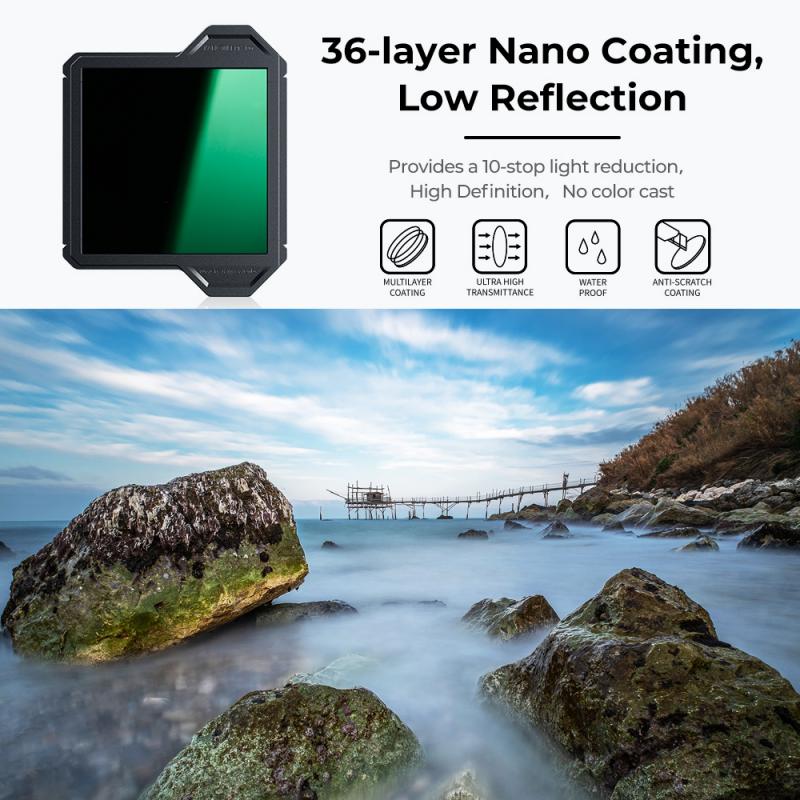
3、 Adjusting focus and zoom settings for monocular photography
To use the monocular on a dual camera smartphone, you need to follow a few steps. Firstly, open the camera app on your smartphone and switch to the monocular mode. This mode is usually represented by a single lens icon or labeled as "2x" or "telephoto" in the camera interface.
Once you have switched to the monocular mode, you can adjust the focus and zoom settings for monocular photography. To adjust the focus, tap on the screen where you want the camera to focus. This will ensure that the subject you want to capture is sharp and clear. Some smartphones also offer manual focus control, allowing you to adjust the focus manually by sliding a focus bar or using a focus ring.
To zoom in or out, you can either pinch the screen with two fingers or use the zoom slider that appears on the screen. This will allow you to get closer to your subject or capture a wider scene, depending on your preference. Keep in mind that the zoom capabilities may vary depending on the smartphone model.
It's worth noting that the latest dual camera smartphones often come with advanced features for monocular photography. These features may include optical image stabilization (OIS) to reduce camera shake, night mode for better low-light photography, and AI-assisted zoom for enhanced image quality. Additionally, some smartphones offer depth-of-field effects, allowing you to create professional-looking portraits with a blurred background.
Overall, using the monocular on a dual camera smartphone is relatively straightforward. Just switch to the monocular mode, adjust the focus and zoom settings, and take stunning photos with your smartphone's single lens.
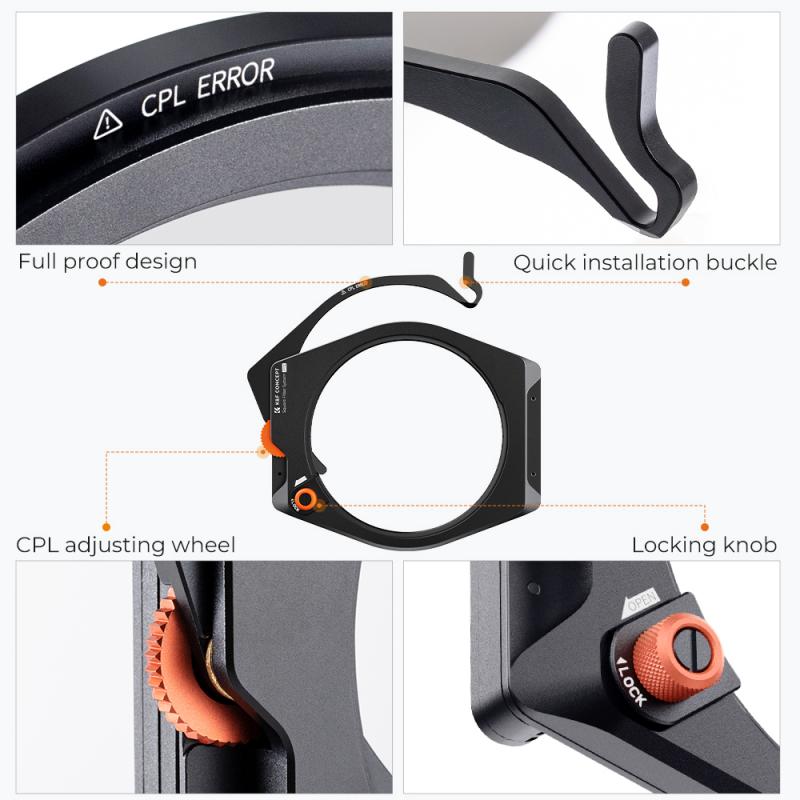
4、 Capturing high-quality monocular images with your smartphone
Capturing high-quality monocular images with your smartphone has become easier than ever, especially with the advent of dual camera smartphones. These devices offer a unique advantage by combining the capabilities of two lenses to enhance image quality and provide a more immersive photography experience. Here's how you can make the most of the monocular feature on your dual camera smartphone:
1. Understand the monocular lens: The monocular lens on a dual camera smartphone is typically a telephoto lens that allows you to zoom in on distant subjects without losing image quality. Familiarize yourself with the zoom capabilities of your device and experiment with different zoom levels to capture stunning details.
2. Utilize optical zoom: Unlike digital zoom, which simply enlarges the image and reduces quality, optical zoom on dual camera smartphones uses the telephoto lens to physically zoom in on the subject. This results in sharper and more detailed images, especially when capturing distant objects.
3. Enable portrait mode: Many dual camera smartphones offer a portrait mode that utilizes the monocular lens to create a shallow depth of field effect, blurring the background and making the subject stand out. This feature is particularly useful for capturing professional-looking portraits.
4. Take advantage of low-light capabilities: Some dual camera smartphones use the monocular lens to improve low-light photography. The telephoto lens can gather more light, resulting in brighter and clearer images in challenging lighting conditions.
5. Experiment with different shooting modes: Dual camera smartphones often come with various shooting modes, such as panorama, HDR, and night mode. Explore these modes to expand your photography options and capture unique monocular images.
As technology advances, dual camera smartphones continue to evolve, offering even more advanced features and capabilities. Stay updated with the latest software updates and camera enhancements to make the most of your monocular lens and capture stunning images with your smartphone.
